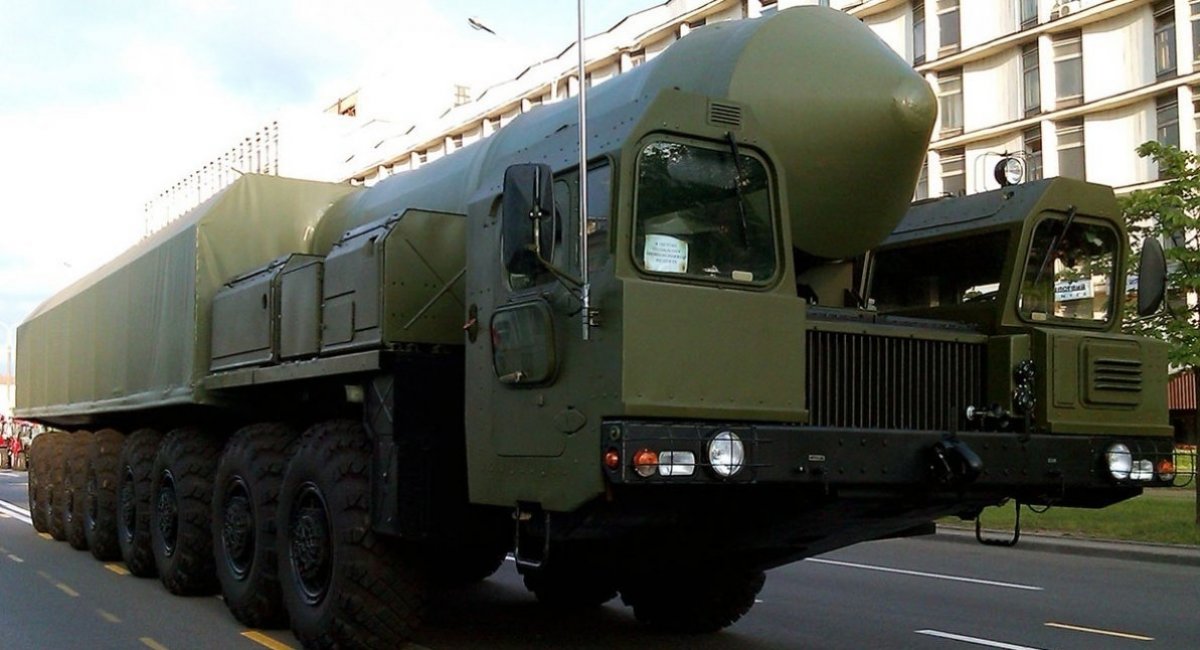by Eric Zuesse, The Duran:
 I say this because all of the six military authorities whose opinions I have found to have been consistently borne out (confirmed by subsequent events) have, in one way or another, stated as much without saying it outright, and the last of them all to have commented on the Oreshnik missile breakthrough by Russia — the author of the “Moon of Alabama” blog — has, indeed, finally convinced me that Russia’s military is more capable than America’s is (though America’s costs more than ten times more). Here that is:
I say this because all of the six military authorities whose opinions I have found to have been consistently borne out (confirmed by subsequent events) have, in one way or another, stated as much without saying it outright, and the last of them all to have commented on the Oreshnik missile breakthrough by Russia — the author of the “Moon of Alabama” blog — has, indeed, finally convinced me that Russia’s military is more capable than America’s is (though America’s costs more than ten times more). Here that is:
TRUTH LIVES on at https://sgtreport.tv/
——
https://www.moonofalabama.org/2024/11/how-the-new-russian-missiles-are-changing-the-game.html
November 27, 2024
How The New Russian Missiles Are Changing The Game
To describe a weapon system as a game changer on the battlefield is always open to be ridiculed. Many of the weapon systems that have been delivered to Ukraine were called game changing but failed to make any difference in the outcome of that war.
So why did I call the new Russian Oreshnik missile a ‘game changer’?
There are several reasons.
For one the missile with its 36 kinetic war heads is an unexpected response to the U.S. abolition of the Intermediate Range Nuclear Force (INF) treaty. The U.S. had hoped that the stationing of nuclear missiles in Europe might give it an advantage over Russia. Oreshnik denies that advantage WITHOUT resorting to nuclear force.
Any U.S. attempt to pressure Russia into a situation where it would either have to concede to the U.S. or to go nuclear has been demolished.
This is most visible in Ukraine. Over the two plus years of the war the U.S. has used a ‘boiling the frog’ strategy against Russia. It increased the temperature by slowly increasing the reach and lethality of the weapons it has provided to Ukraine. In each such step, the delivery of tanks, of Himars, of ATAMACs, of allowing Ukraine to use these on Russian grounds, was declared to be a move across imaginary Russian red lines. Each such step was accompanied by propaganda which claimed that Russia was looking into a nuclear response.
The aim was to push Russia into a situation where it could either make concessions over Ukraine or use nuclear weapons. The U.S. was sure that Russia would refrain from the later because it would put Russia into the position of an international pariah. By going nuclear it would lose support from its allies in China and beyond. It would also risk an all out nuclear war.
The strategy would probably have worked if Russia had not found an asymmetric response against it. It now has non-nuclear weapons, (the Oreshnik will not be the only one), which allow it to apply the equivalent of nuclear strikes without the dirty side effects of actually going nuclear.
Russia’s announcement that future Oreshnik deployments will come under the command of its Strategic Forces – which so far have only been nuclear. This is a clear sign that these new weapons are seen as having similar strategic effects.
The kinetic concept of the Oreshnik payload is not a new one. Mass times speed is the amount of destructive energy these can deliver. [Comment correction for my sloppy writing: Force equals one half the mass multiplied by velocity squared. F = 1/2 m * v^2] Being hypersonic and hitting the targets with a speed of Mach 10 allows even small penetrators without explosives to have very strong, explosive-like effects.
In the early 1980s president Reagan’s Strategic Defense Initiative included several attempts to introduce kinetic weapons. ‘Rods from God‘ (and later ‘Brilliant Pebbles’) were conceptualized as kinetic darts to be launched from satellites to hit Soviet ICBM missiles:
A system described in the 2003 United States Air Force report called Hypervelocity Rod Bundles was that of 20-foot-long (6.1 m), 1-foot-diameter (0.30 m) tungsten rods that are satellite-controlled and have global strike capability, with impact speeds of Mach 10.



